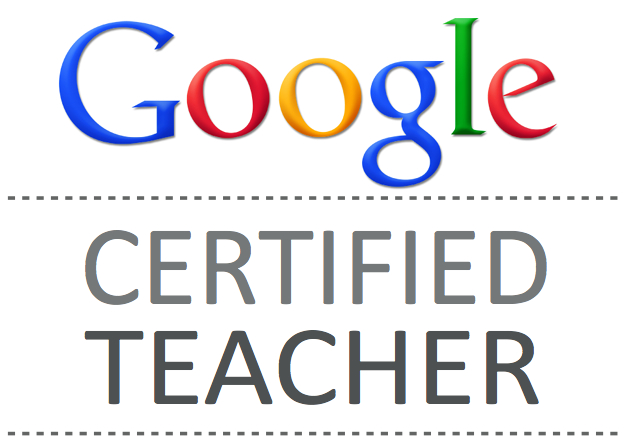I was speaking to a principal this week who said that he was yet to find somebody who could answer how technology actually improved learning outcomes for students. My first thought was how obvious it was - anyone who had incorporated technology could clearly see the engagement and learning that was evident!, but then it hit me... Technology in itself doesn't improve learning outcomes. However, using technology as a tool to deliver pedagogically sound practice can make immeasurable differences in the learning environment. Here are the top five that I can think of off the top of my head:
1. Student voice: Responding in a shared or online space gives every student a voice in the classroom, even those who don't like public speaking, are inhibited by their peers, or are afraid of taking risks. It allows students to make mistakes in a safe, non-threatening environment.
2. Collaboration: When students work together collaboratively, they are able to share and generate ideas, give feedback, learn from each other, consider other perspectives, and create products that are far superior, thoughtful and considered than those that could be done independently.
3. Immediacy of feedback: The effect of feedback in the learning process is well-documented (think Hattie and Marzano, for starters). Programs such as Google Docs that allow teachers to comment on students' work in real-time, track changes, and then follow up at a later time, allow for instant and useful feedback, without the need for students to create various drafts of the same document; a process that can be frustrating and tiresome for many students (and teachers!).
4. Global connectedness: By connecting with a global audience, students, even from a young age, can see that school-work has a genuine purpose. They can connect with authors, artists, mathematicians, university lecturers, environmentalists... real people in real jobs who take an interest in the ideas and thoughts of creative and innovative kids. The motivation and engagement students gain from interacting with the 'real world' on a global scale drives them to further learning and action.
5. Learning to learn: The world is changing. Students need to know how to access information effectively, and what to do with it when they've found it. They need to question, analyse, justify. Working with technology provides another way of provoking curiosity. It allows students to find problems, as well as solve them. To question, as well as answer. To create, as well as consume. Effective use of technology can encourage kids to truly become 'lifelong learners'.
So, does technology improve learning outcomes for students? Not by itself; but with the right pedagogy, and a love of learning, it can truly make the world of difference.
1. Student voice: Responding in a shared or online space gives every student a voice in the classroom, even those who don't like public speaking, are inhibited by their peers, or are afraid of taking risks. It allows students to make mistakes in a safe, non-threatening environment.
2. Collaboration: When students work together collaboratively, they are able to share and generate ideas, give feedback, learn from each other, consider other perspectives, and create products that are far superior, thoughtful and considered than those that could be done independently.
3. Immediacy of feedback: The effect of feedback in the learning process is well-documented (think Hattie and Marzano, for starters). Programs such as Google Docs that allow teachers to comment on students' work in real-time, track changes, and then follow up at a later time, allow for instant and useful feedback, without the need for students to create various drafts of the same document; a process that can be frustrating and tiresome for many students (and teachers!).
4. Global connectedness: By connecting with a global audience, students, even from a young age, can see that school-work has a genuine purpose. They can connect with authors, artists, mathematicians, university lecturers, environmentalists... real people in real jobs who take an interest in the ideas and thoughts of creative and innovative kids. The motivation and engagement students gain from interacting with the 'real world' on a global scale drives them to further learning and action.
5. Learning to learn: The world is changing. Students need to know how to access information effectively, and what to do with it when they've found it. They need to question, analyse, justify. Working with technology provides another way of provoking curiosity. It allows students to find problems, as well as solve them. To question, as well as answer. To create, as well as consume. Effective use of technology can encourage kids to truly become 'lifelong learners'.
So, does technology improve learning outcomes for students? Not by itself; but with the right pedagogy, and a love of learning, it can truly make the world of difference.

 RSS Feed
RSS Feed
